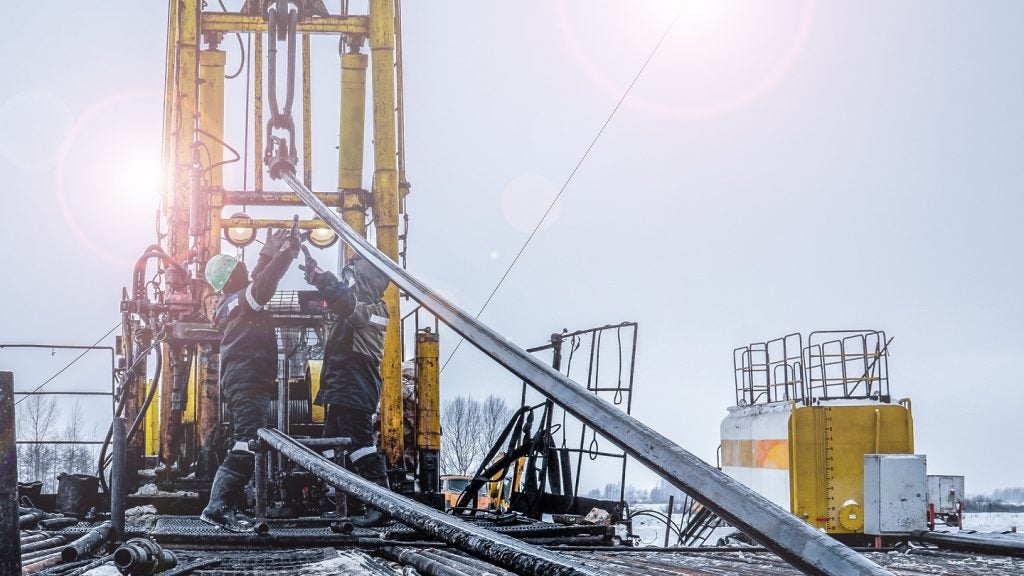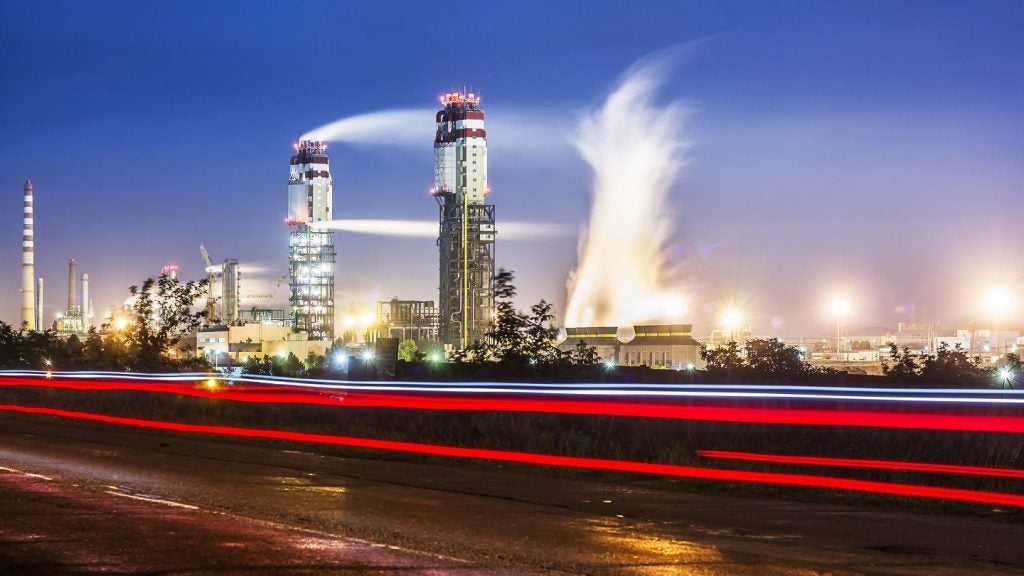PNG LNG project is a producing conventional gas field located onshore Papua New Guinea and is operated by ExxonMobil PNG. According to GlobalData, who tracks more than 34,000 active and developing oil and gas fields worldwide, the field is located in block PDL 1, PDL 8, PDL 9, and PDL 7. Buy the profile here.
Two expansion projects are associated with the PNG LNG project conventional gas field, namely the Associated Gas Expansion (AGX) and the Angore Development Project. The expansion projects are currently in the feed and commissioning stage.
Field participation details
The field is owned by Exxon Mobil, JX Nippon Oil & Gas Exploration, Kumul Petroleum Holdings, Mineral Resources Development and Santos.
Production from PNG LNG project
The PNG LNG project conventional gas field recovered 37.05% of its total recoverable reserves, with peak production in 2017. Based on economic assumptions, production will continue until the field reaches its economic limit in 2056. The field currently accounts for approximately 93% of the country’s daily output.
About ExxonMobil PNG
ExxonMobil PNG Ltd (EMPNG), a subsidiary of Exxon Mobil Corp, is an oil and gas company that operates Papua New Guinea’s liquefied natural gas (LNG) project. The company carries out project development, extraction, gas production, processing, exporting, and shipping activities. It offers liquefied natural gas. EMPNG supplies products to companies in China and Japan. The company works in collaboration with the government of Papua New Guinea for supplying LNG to meet the power demand. It operates with processing facilities in Hela, Southern Highlands, Western Highlands and Gulf, Central Provinces, and National Capital District, Papua New Guinea. EMPNG is headquartered in Port Moresby, Papua New Guinea.
For more details on the PNG LNG project Conventional Gas Field, buy the profile here.
Data Insights
From

The gold standard of business intelligence.
Blending expert knowledge with cutting-edge technology, GlobalData’s unrivalled proprietary data will enable you to decode what’s happening in your market. You can make better informed decisions and gain a future-proof advantage over your competitors.






